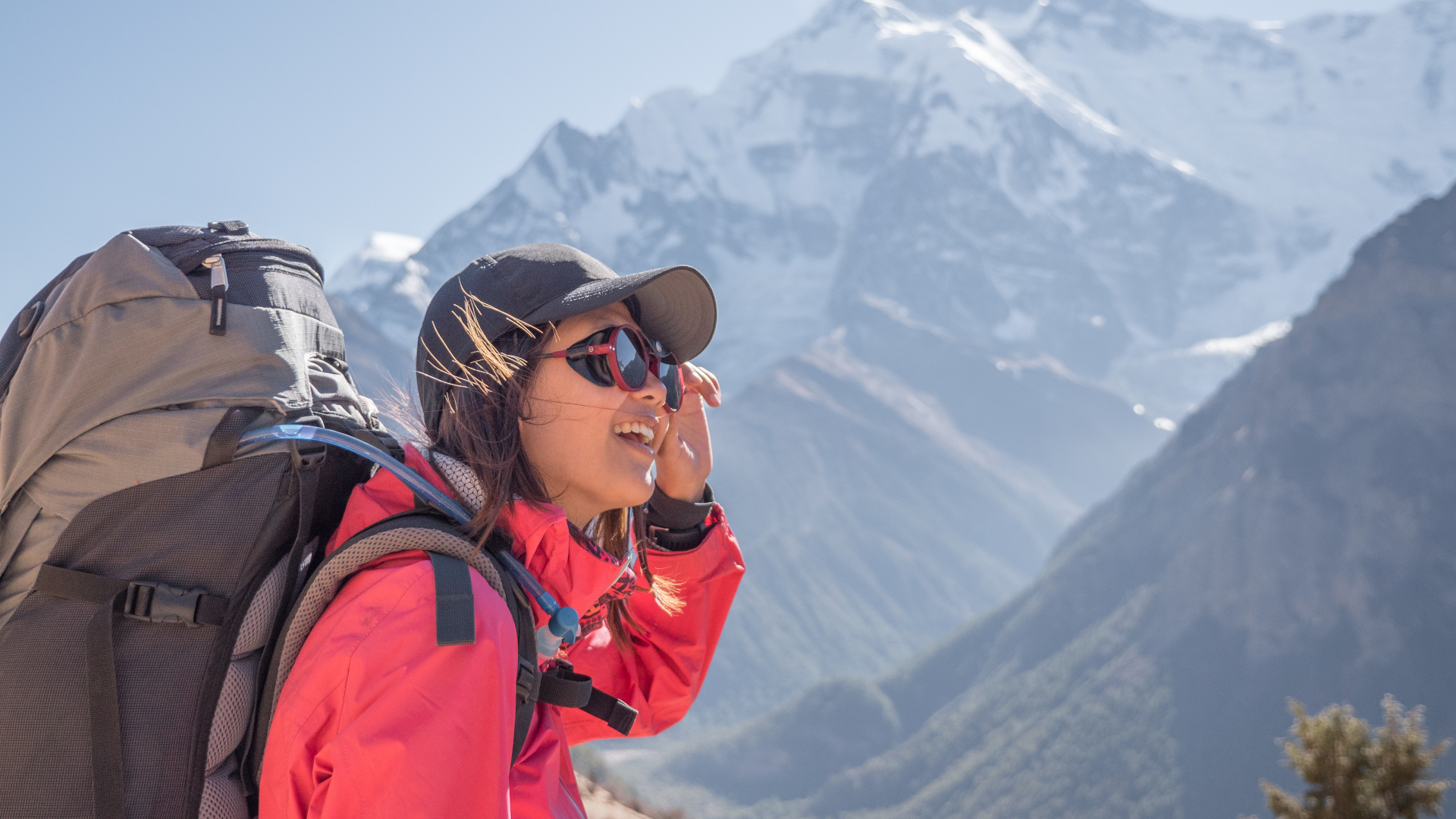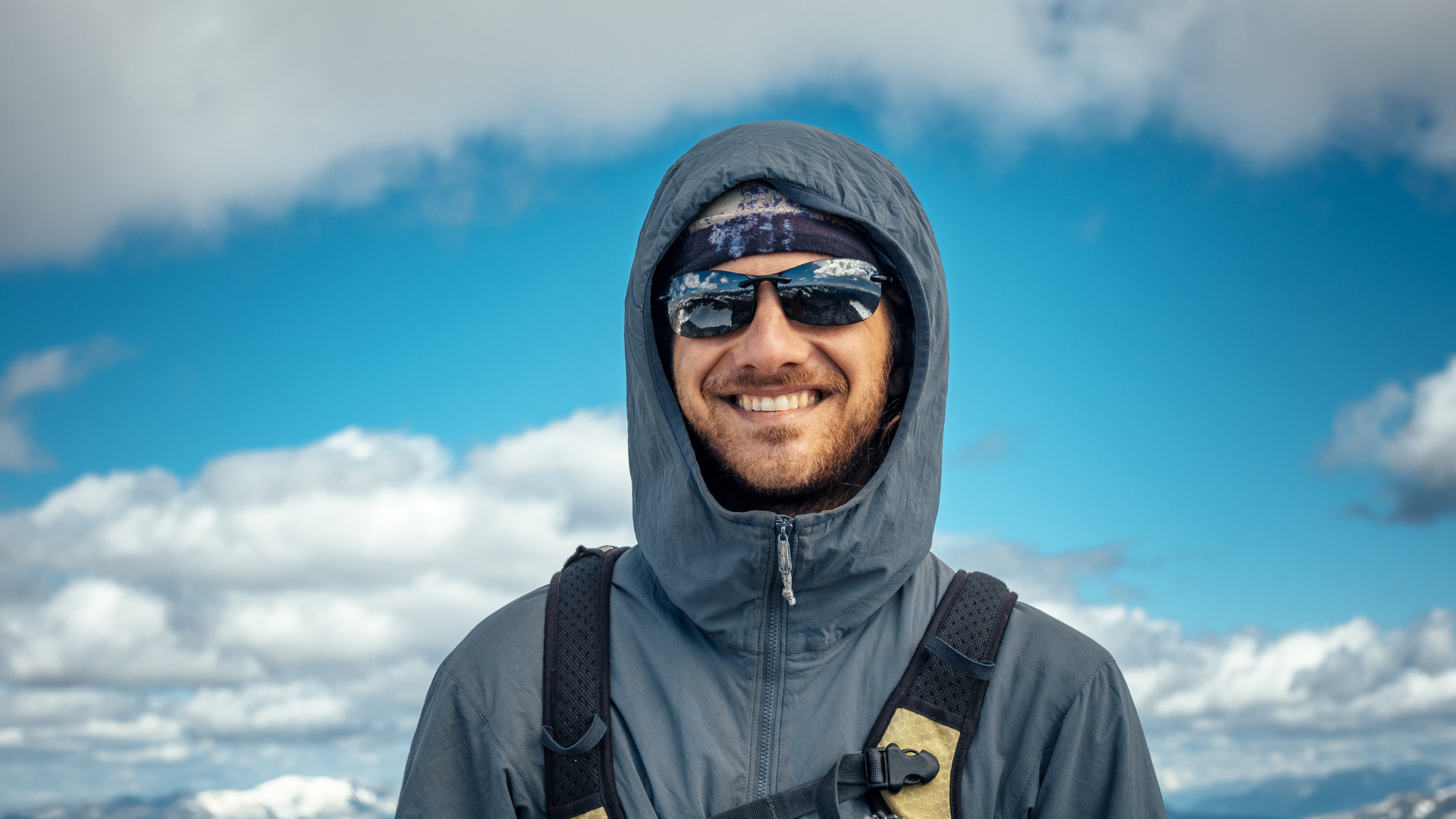
If you’re spending a lot of time outdoors these days, you've probably had a hitch with your sunglasses, either wearing a pair that were too dark meaning you had to take them off and squint all day long, or a pair that were too light for the amount of sunlight leaving your eyes feeling strained at the end of the day. Your eyes need as much protection from the sun as the rest of you, and if you're picking out a new pair for your outdoor trail running, there's a lot more to consider than how they look. Sunglasses for trail running need to be lightweight and stay put when you’re bouncing along the trail, for example, whereas you’ll need to prioritize polarized lenses if you’re going to be snowshoeing in extremely bright conditions like in Colorado. Then there's the question of how much light your lenses allow in, which is determined by a criteria usually known as VLT.
VLT then is obviously an important factor to consider, but one that can seem kind of confusing at first. In this article, we explain what VLT means and what the different categories are used for, so you don’t end up picking shades that are too light – or dark – for your favorite adventures.

What does VLT mean in sunglasses?
VLT stands for Visible Light Transmission and it refers to how much light passes through the lens of your sunglasses to reach your eyes. It is also sometimes simply referred to as “light transmission” and will almost always be listed as a percentage, though there are categories used to organize them, which we’ll explain in the next section.
There are four factors that affect the VLT of your sunglass lenses:
- Color
- Thickness
- Material
- Coating
Naturally, you want some light to reach your eyes when you’re wearing sunglasses, but too much or too little could really sour an adventure, fast. Just as with ski goggles, you want darker sunglasses for brighter conditions, and lighter lenses for low light ventures.

Is a higher VLT better?
It’s easy to assume that a pair of sunglasses boasting a higher VLT is better, but unlike UV protection, which you want to see listed as 100%, higher isn’t necessarily better for VLT. Rather, it depends on what you’re using the sunglasses for. There are five categories in total for VLT, but as you’ll see, not all of them apply to sunglasses.
Here is a general guideline to what the different categories of VLT mean for you:
As you can see, the higher the VLT, the darker the lens, which is only a good thing if you’re planning on using your sunglasses at high altitude or on the water or snow. If you’re recreating in cloudier conditions or at dusk, you’ll want a lower VLT or your sunglasses will be too dark.

What VLT is best for driving?
If you’re looking for sunglasses to wear for driving during the day, avoid anything that’s less than 10% as this doesn’t allow enough light through to keep you safe, and may be illegal. You can wear anything between 10 - 100% for driving during the day and should consider polarized lenses, which help with reducing glare on flat surfaces like the road ahead. Don’t wear sunglasses while driving at night or dusk.







